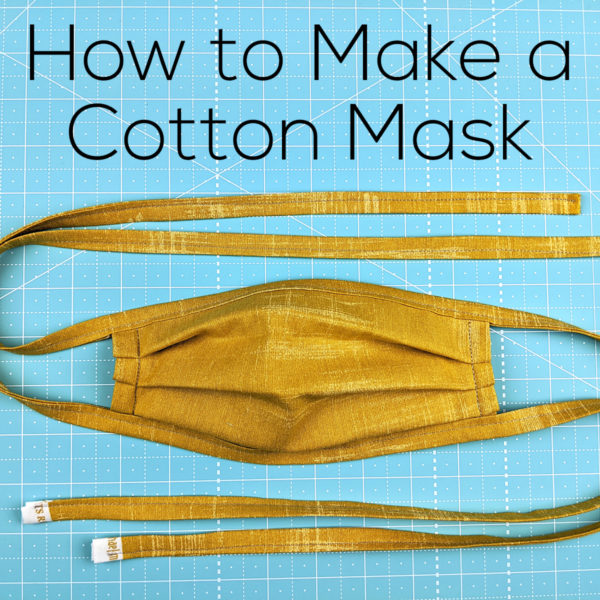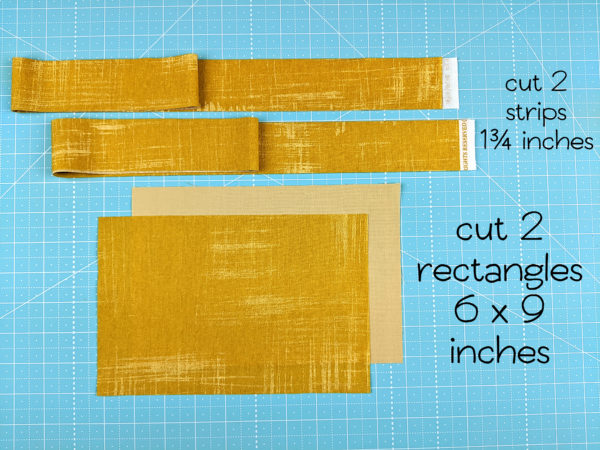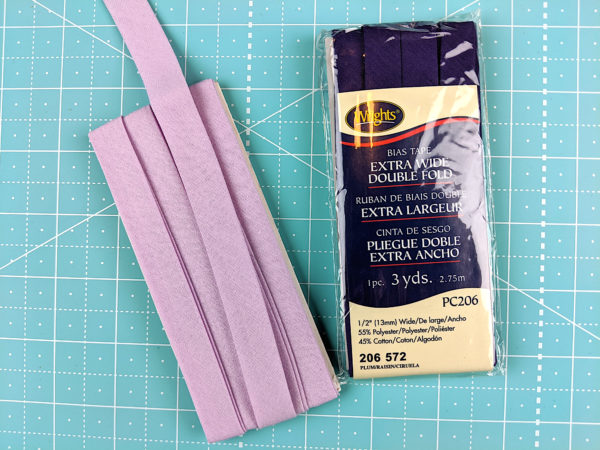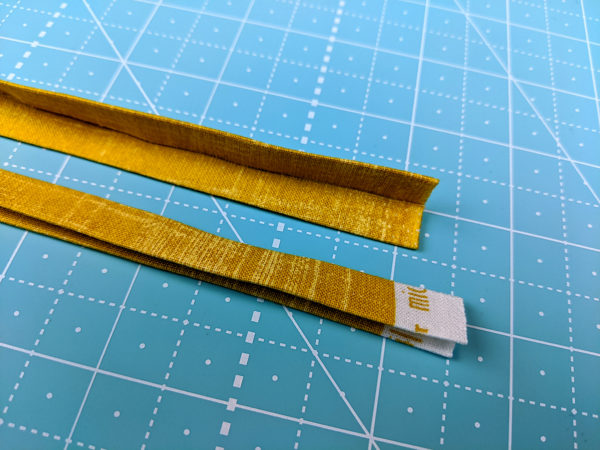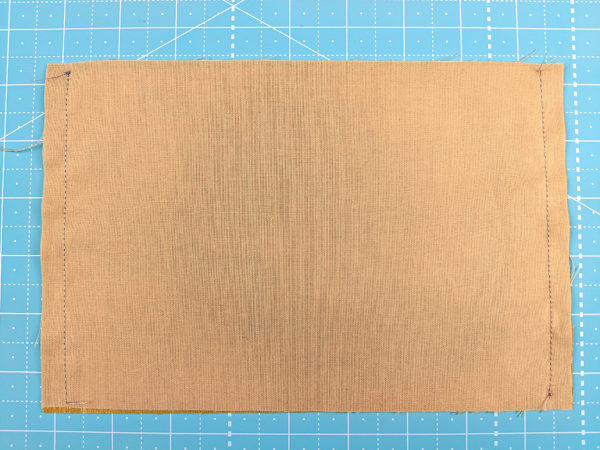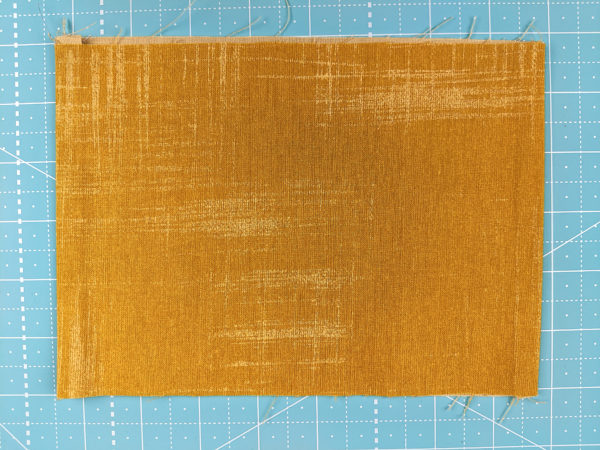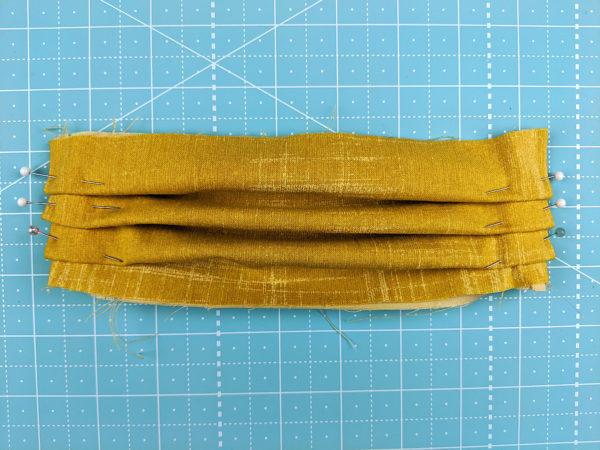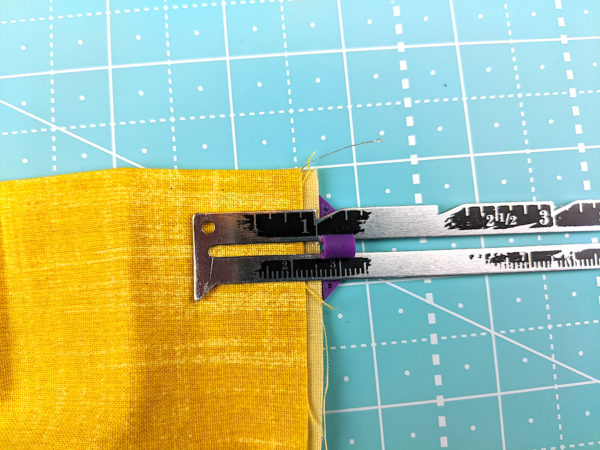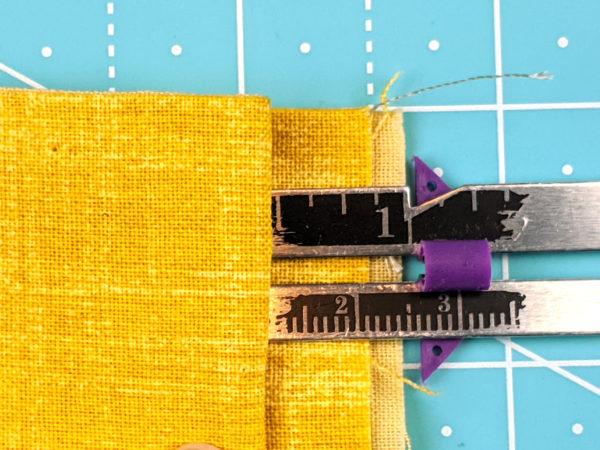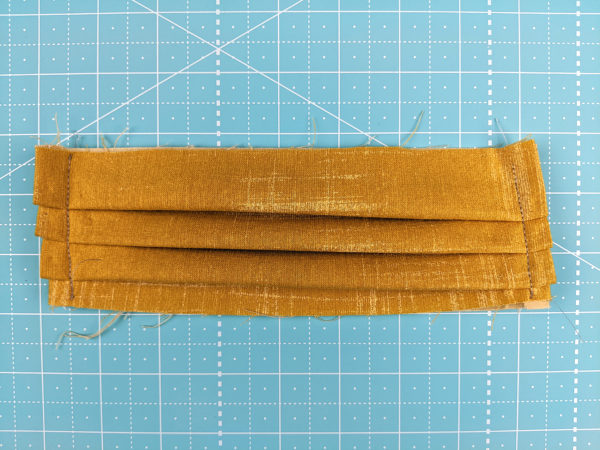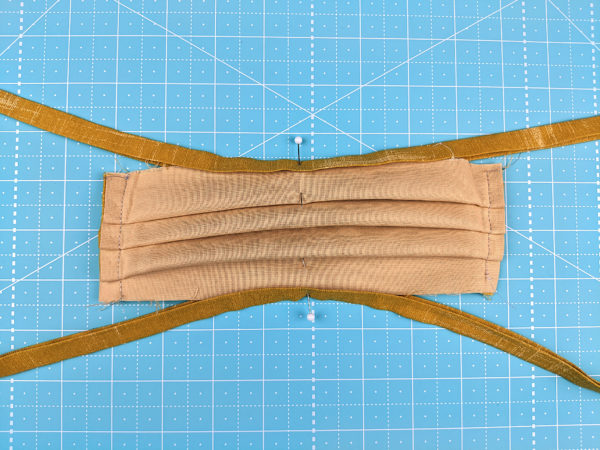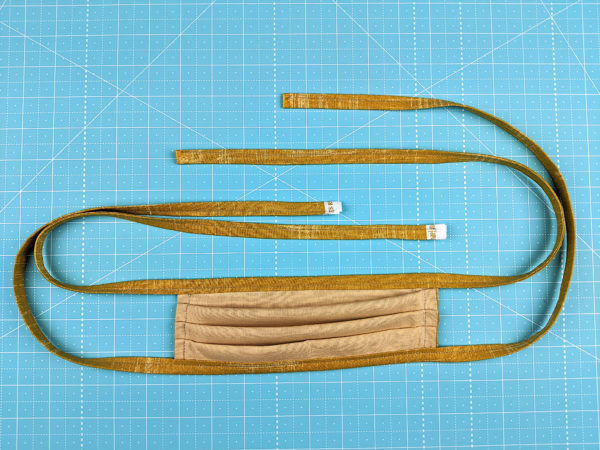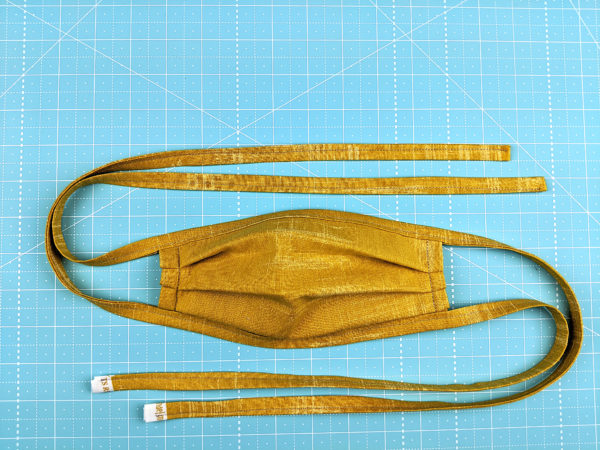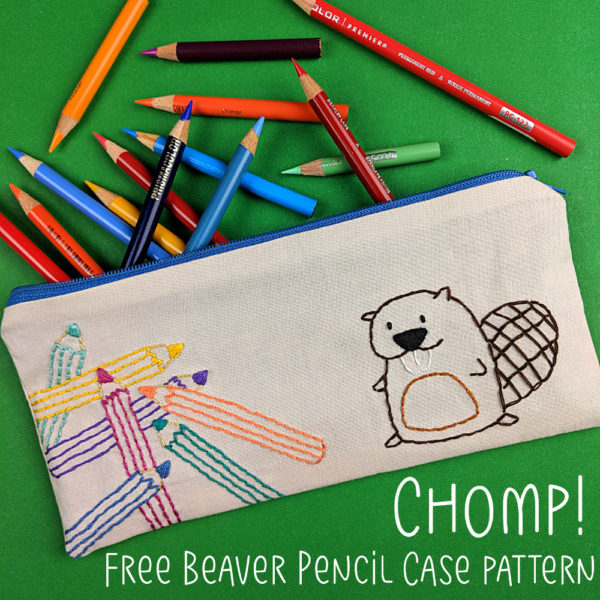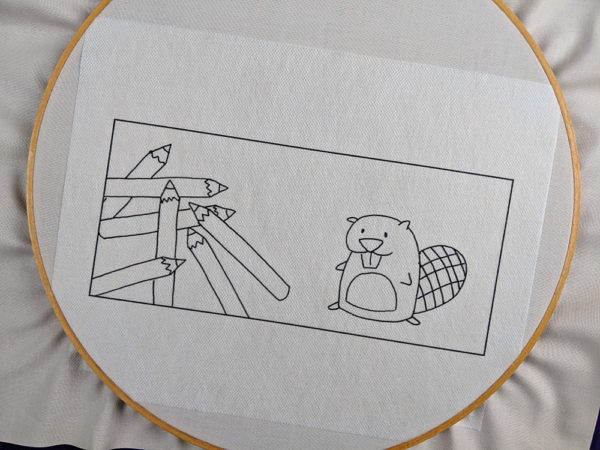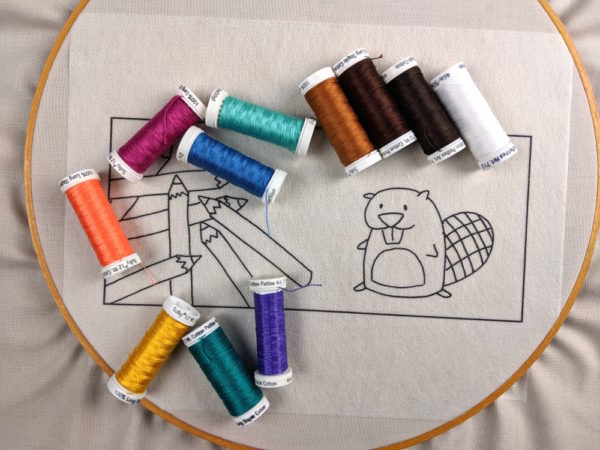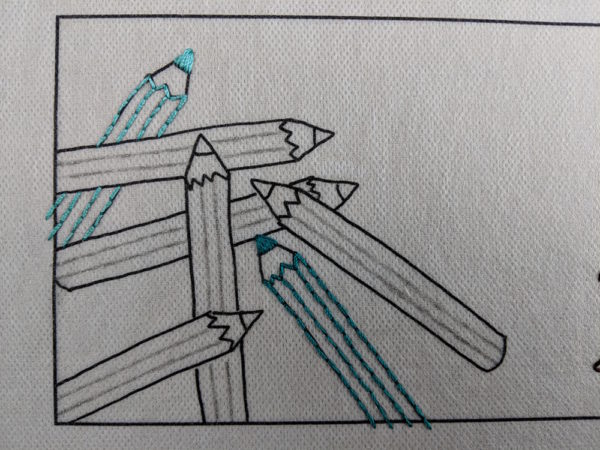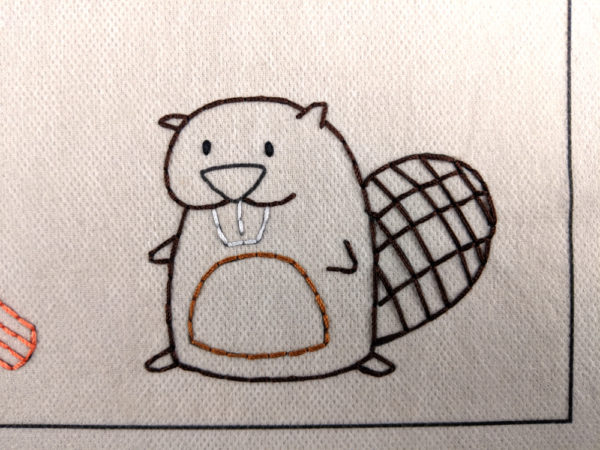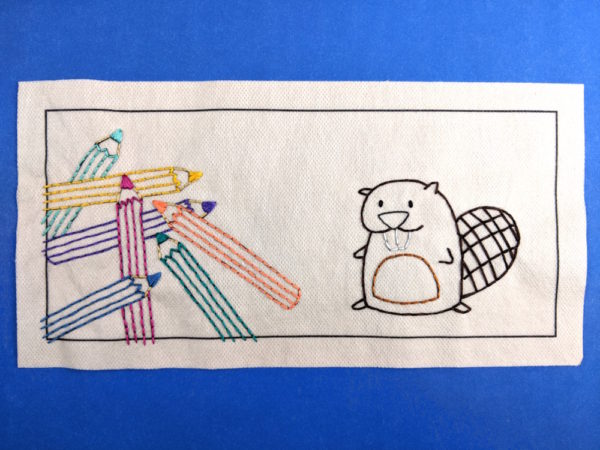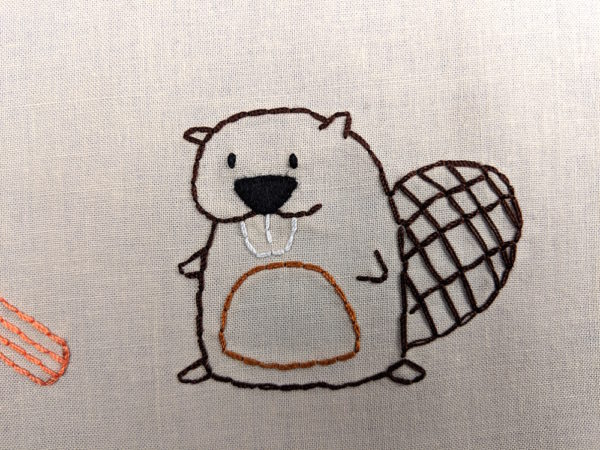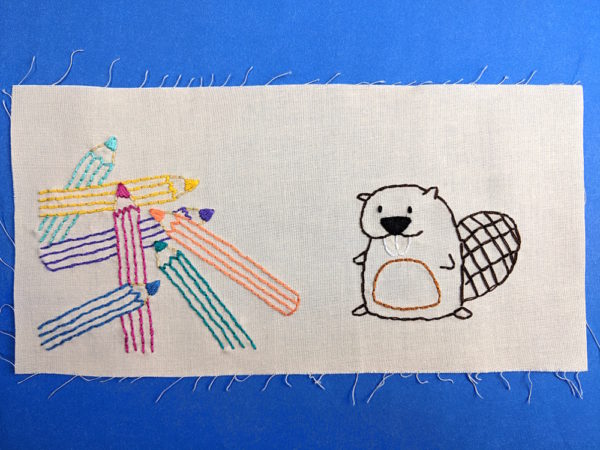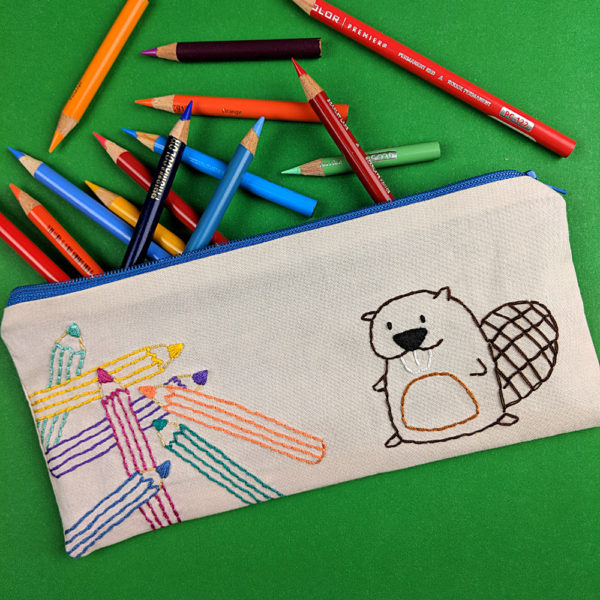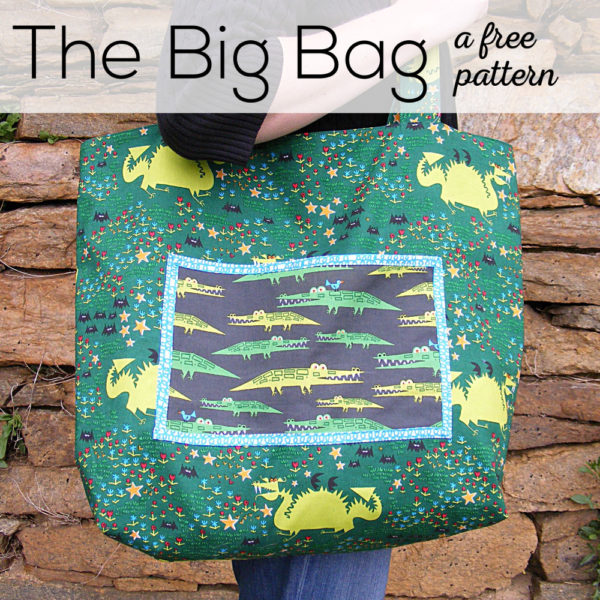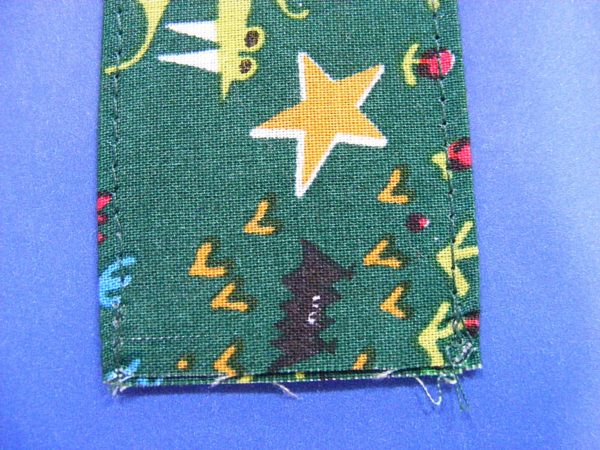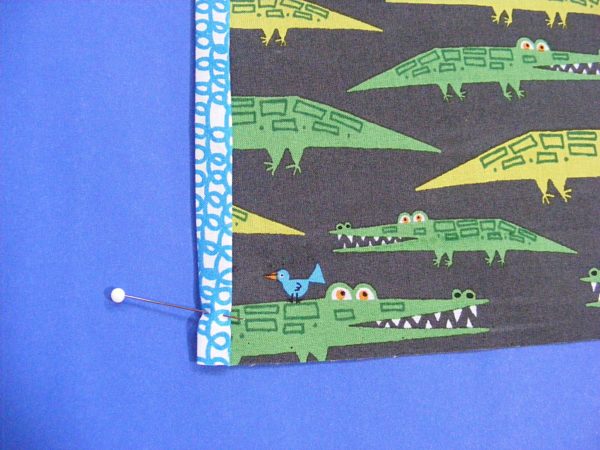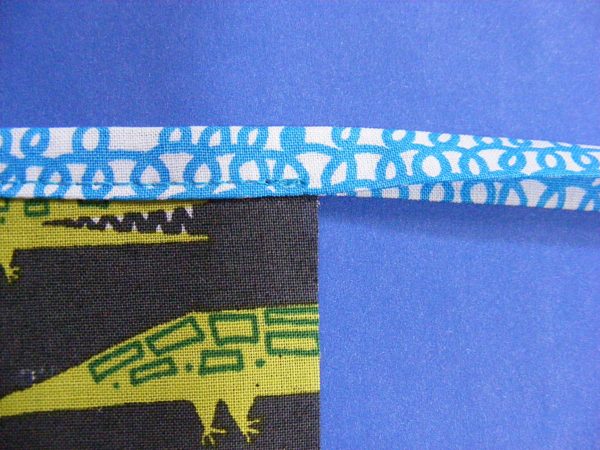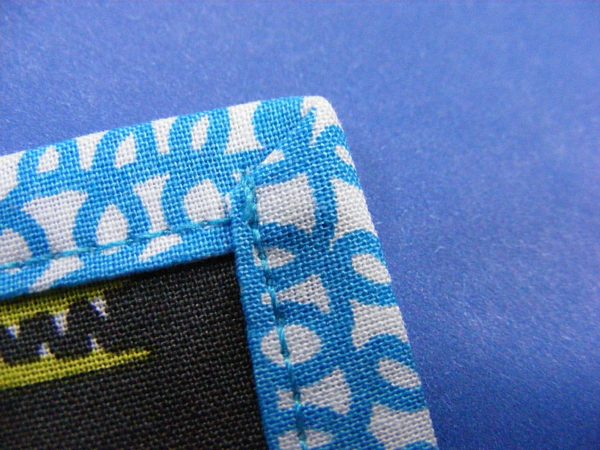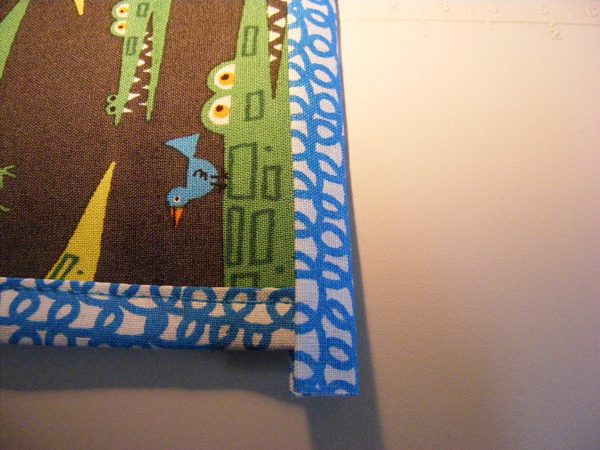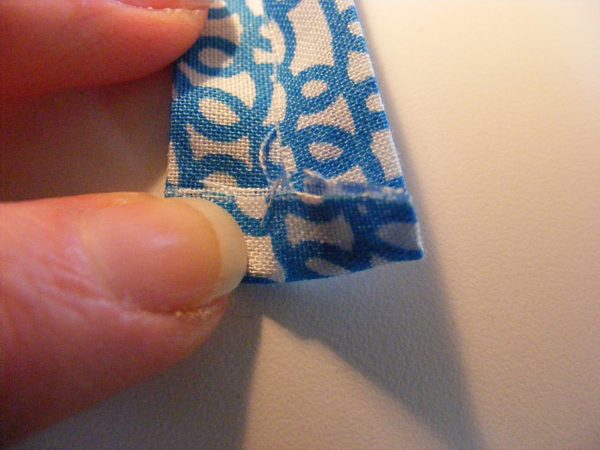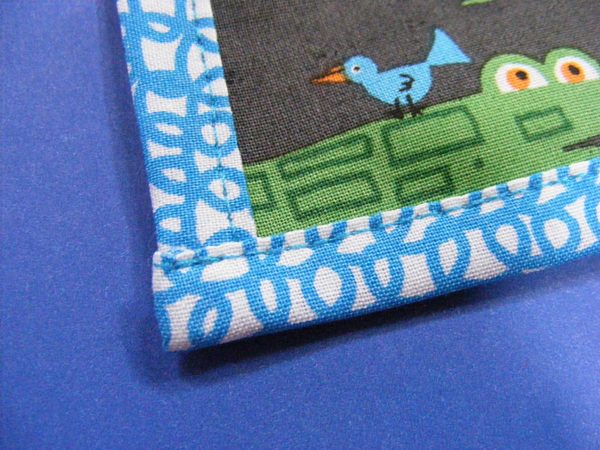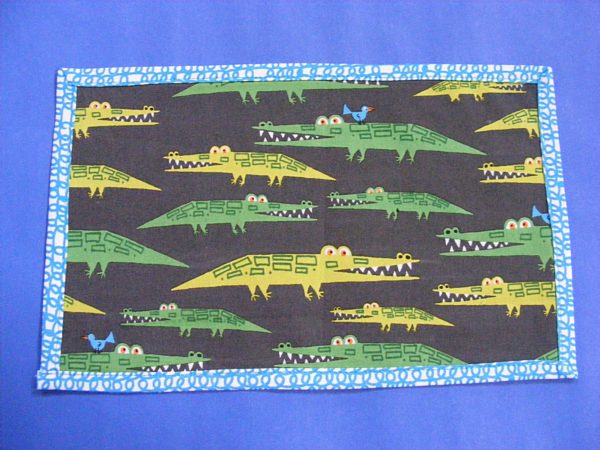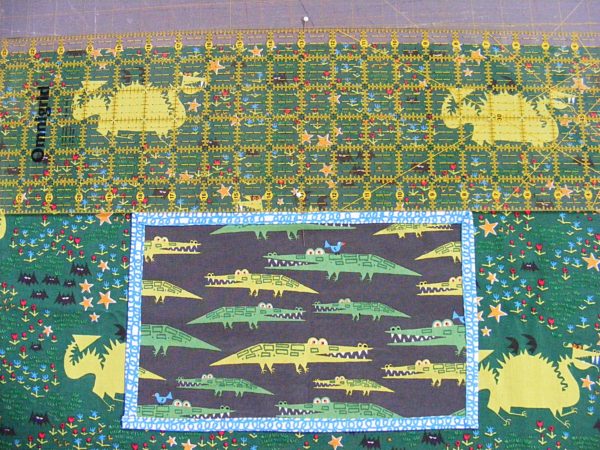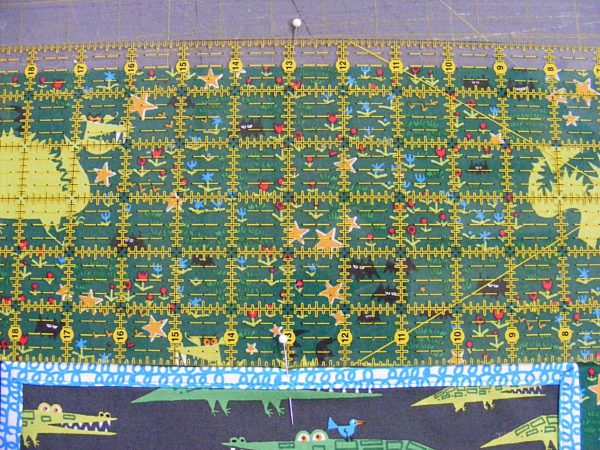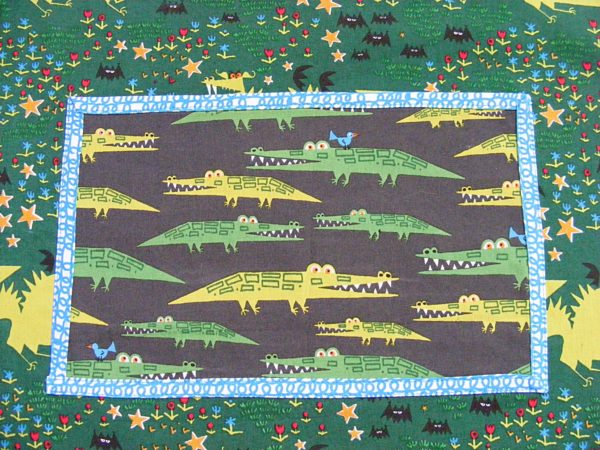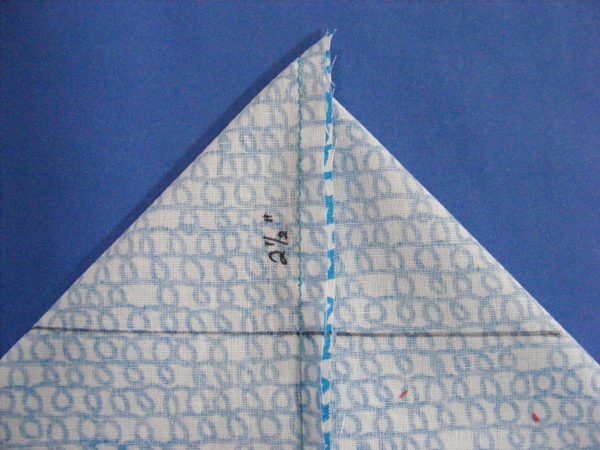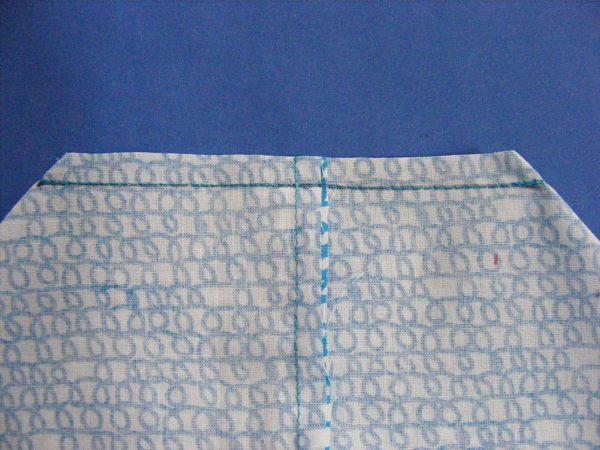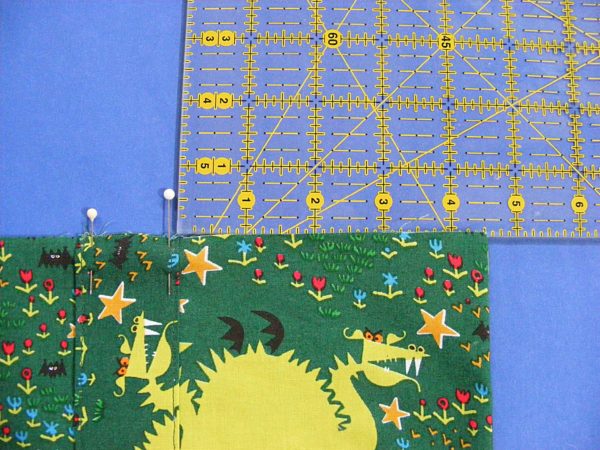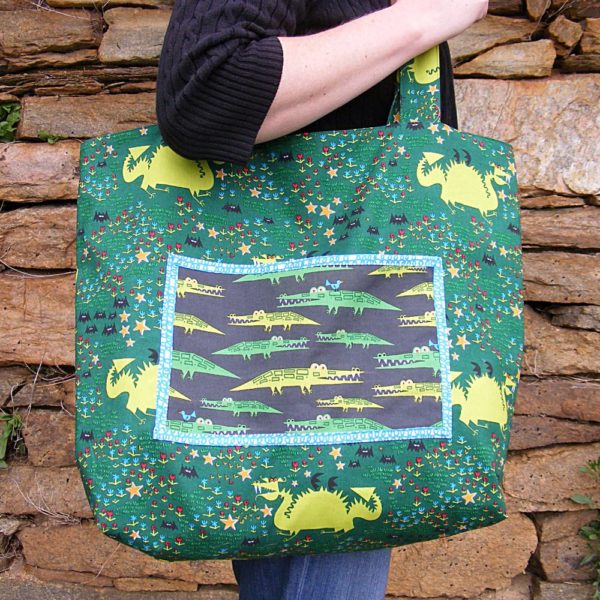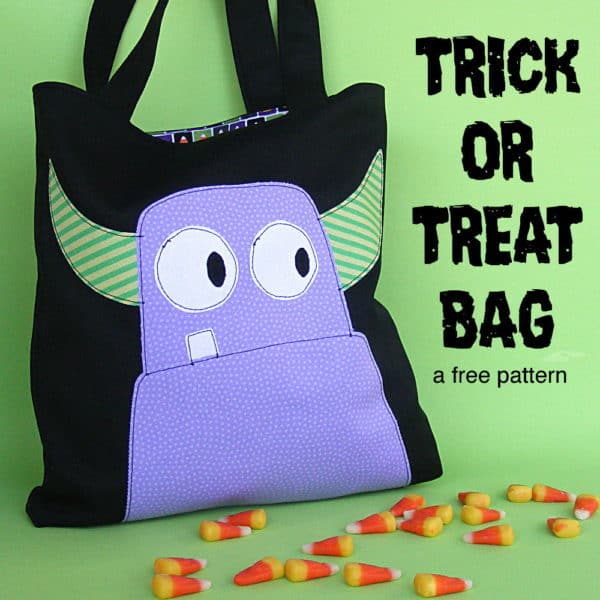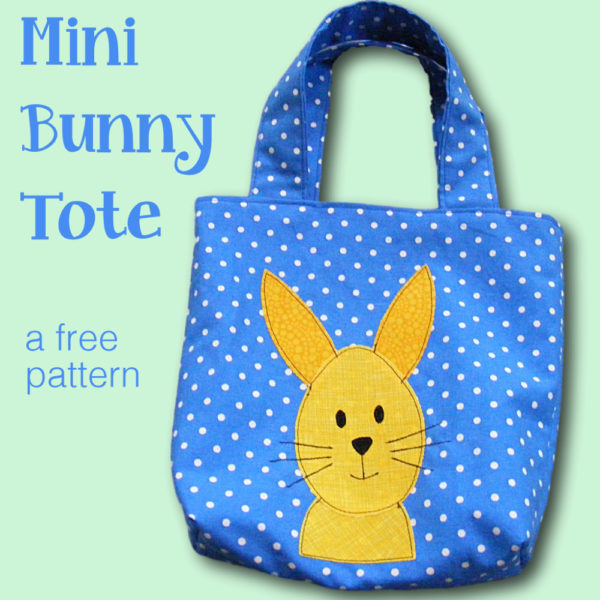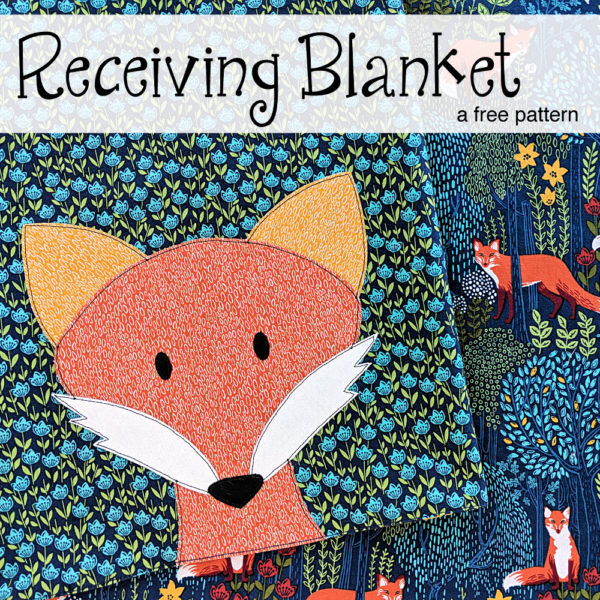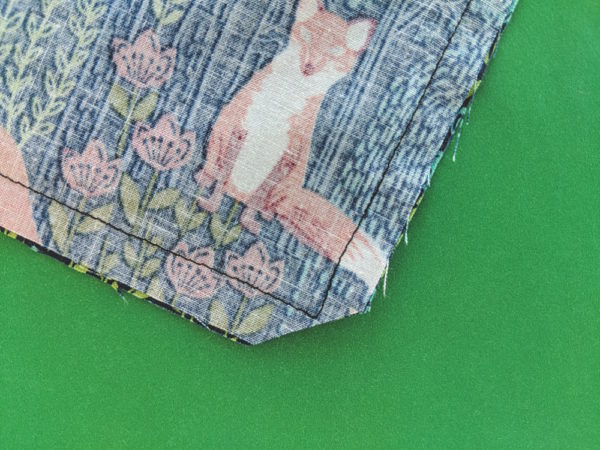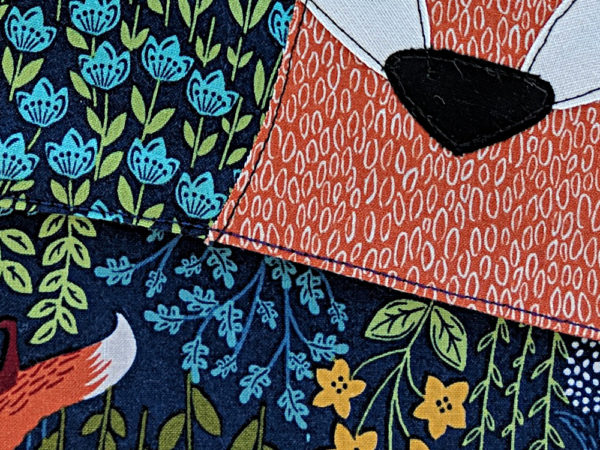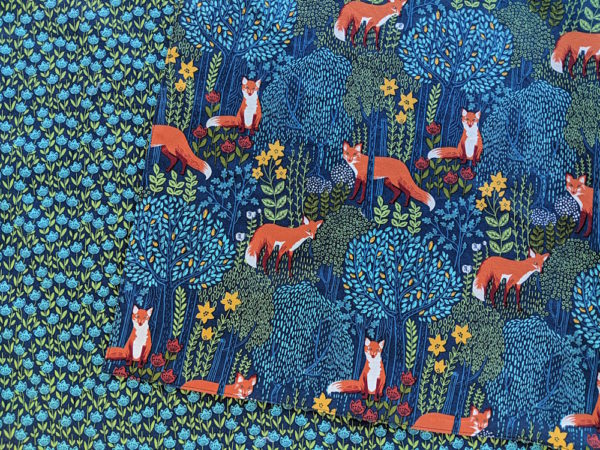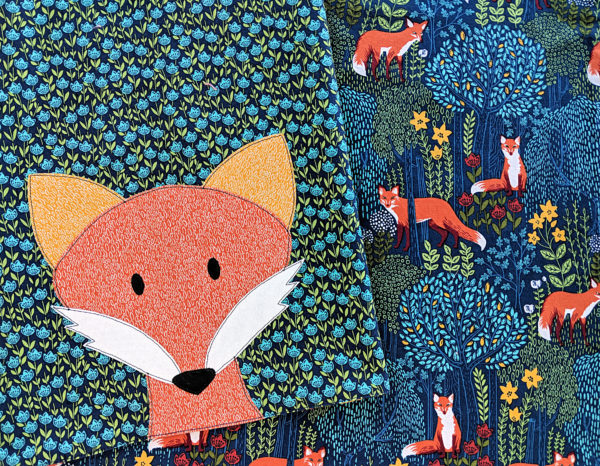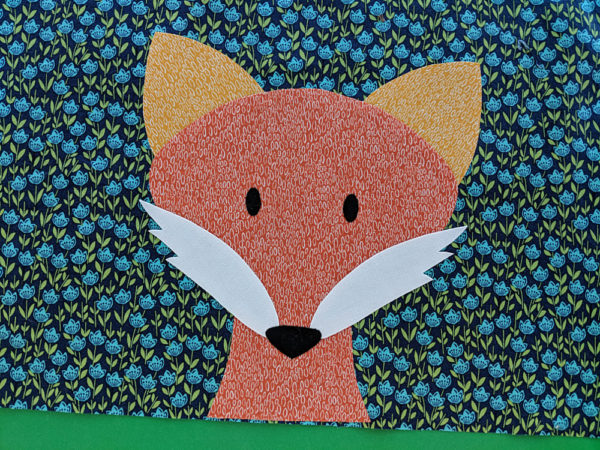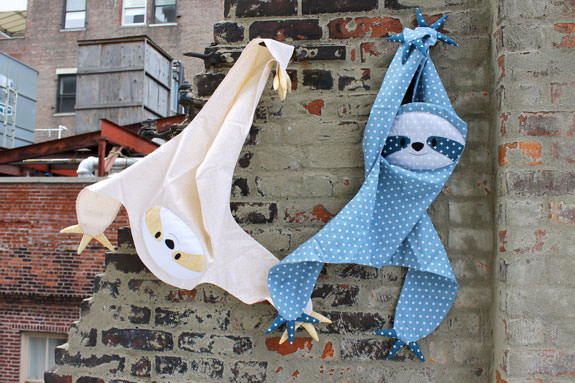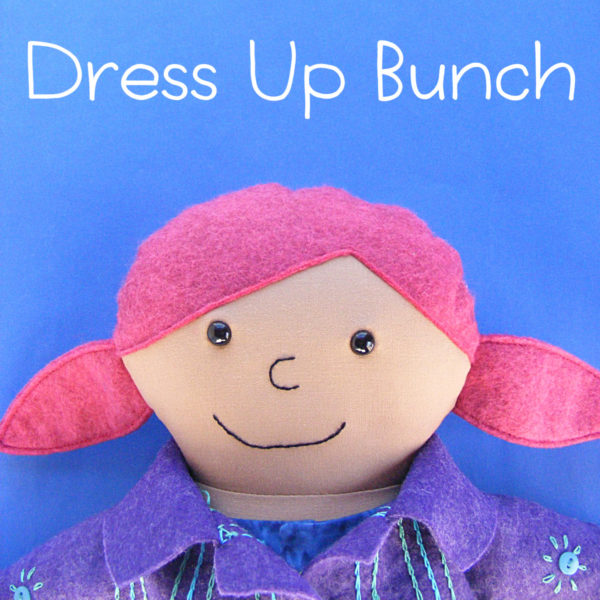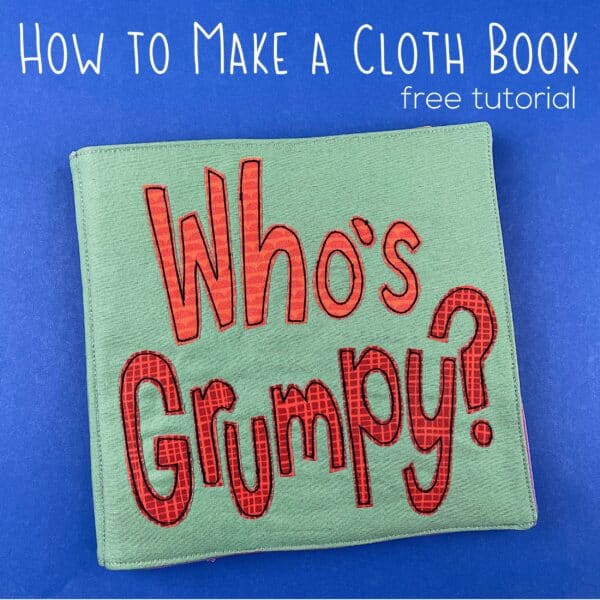
People call them cloth books, quiet books, soft books – whatever you call them they’re easy and fun to make and a great way to get extra use out of your patterns.
The instructions below are for a 12-page book, 8 inches square, with flannel “batting” to make the pages extra soft and snuggly.
Plan your Cloth Book
Download this worksheet to plan your pages.
Here’s what mine looked like after filling it out.
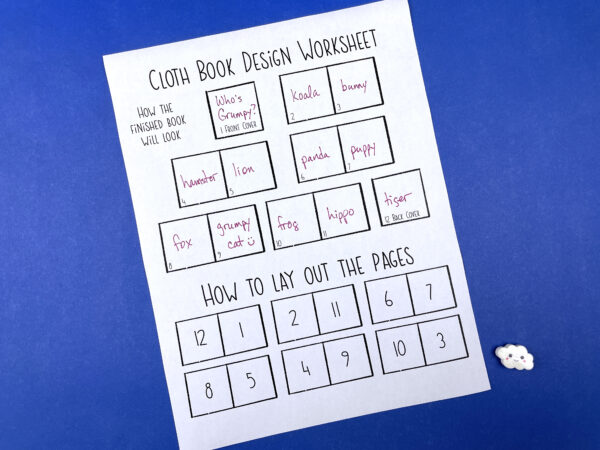
The top of the worksheet is your planning guide. It lays out what the pages will look like when you’re reading them.
I decided to call my book Who’s Grumpy? I put one face on each page, including mostly smiling faces but one very grumpy cat. I deliberately placed the cat on an odd-numbered page so when someone is flipping the pages, that’s the immediate “reveal.” I’m imagining a kid pointing and calling out,”He’s grumpy!” as soon as you turn that page. 🙂
My book is a random collection of animals, but you can do anything!
- Make a collection of a child’s favorite animals.
- Make a souvenir of a visit to the zoo and the animals you saw there.
- Make a collection of the animals native to your area.
- Use this free ABC pattern to put an animal face on the even pages, and the sound that animal makes on the odd pages.
- Make a Christmas book with the free patterns here.
- Make male and female versions of all the birds that come to your backyard feeder.
- Make books for different biomes.
- It doesn’t have to be animals! Make a book of cars and trucks, or one filled with flowers.
Really – the sky is the limit! I can’t wait to see what you make! If you’re looking for inspiration, Kate has been sharing her amazing books in the Shiny Happy People group. Here’s one collection, and here’s another.
The bottom of the worksheet is your construction guide. It shows how you need to make the pages so that when you put them all together it reads like you planned in the top of the worksheet. So, for example, the animal for page two (the koala) needs to be on the same rectangle of fabric as the animal for page 11 (the hippo).
Materials
You’ll need 3/4 yard of fabric for your book, and 3/4 yard of flannel.
I recommend pre-washing both the fabric and the flannel, and I actually recommend washing and drying the flannel one extra time because that stuff has a tendency to shrink a lot.
You’ll also need fusible adhesive. I use Heat & Bond Lite for all my quilts.
Cutting Instructions and Applique Preparation
From the fabric, cut 6 rectangles each 8 1/2 inches x 17 inches.
From the flannel cut 6 rectangles each 8 inches x 16 1/2 inches.
Print or trace your applique templates. Since my book is 8 inches square and my patterns are all designed to fit in 10 inch squares, I printed all the template pages at 80% size. There’s more info about resizing patterns here.
Instructions
Fold your fabric rectangles in half and press the fold to mark what will be the spine of the book.
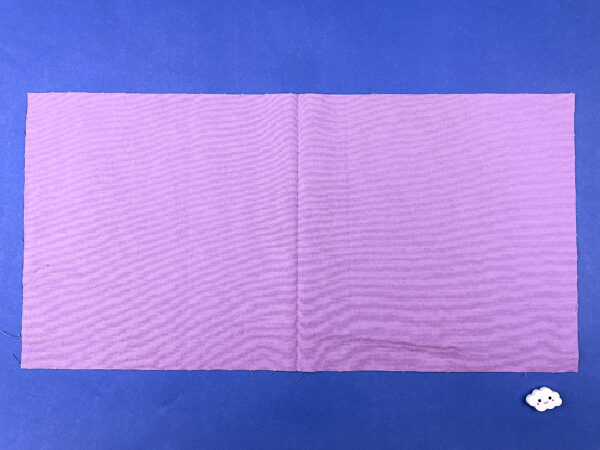
Fuse your appliques. (Those little cards with the numbers are my page numbers, just helping me to keep everything organized while I worked.)
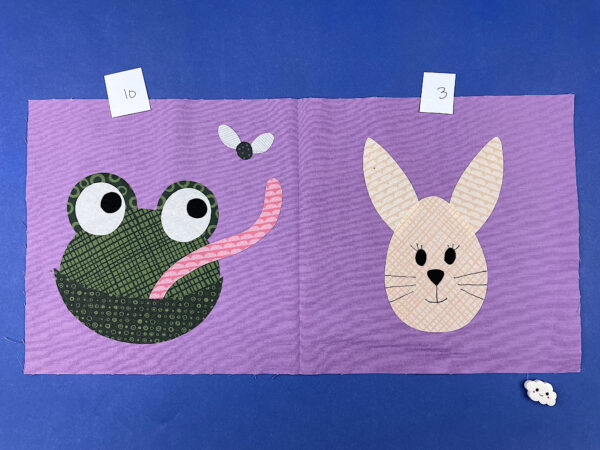
I usually make my quilt blocks “snapshot style.” By that I mean I imagine that I’ve snapped a photo of the animal, zoomed way in on its face. Here’s an example.
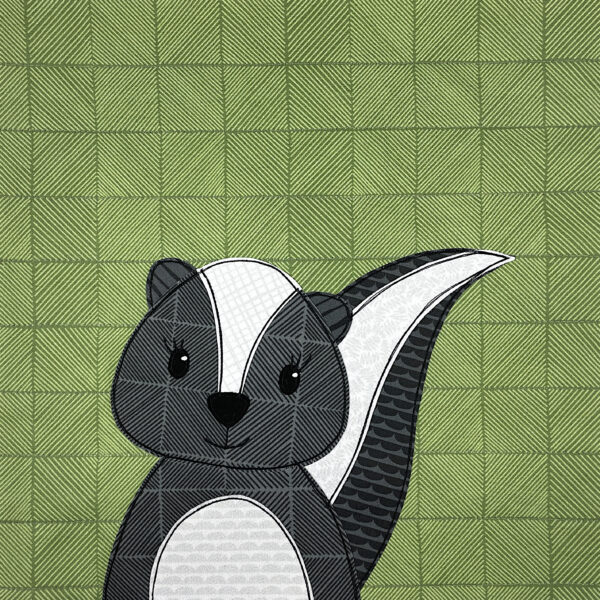
I’m trying to make it look like she has a lower body – it’s just cropped out of the photo – and I achieve that effect by lining the cut edge of the bottom of the applique like up with the raw edge at the bottom of my block. You can do this in your soft book exactly the same way. Just line up the straight edge at the bottom of the applique piece with the bottom edge of the page so both raw edges get included in the stitching when you finish the page edges.
For my book I decided to float the heads in the middle of the block – what I call “emoji style.” When I do that, I just don’t use the shoulder or body pieces. That means I had to choose animals where the head and body are separate pieces, so I didn’t include anything like this bear.
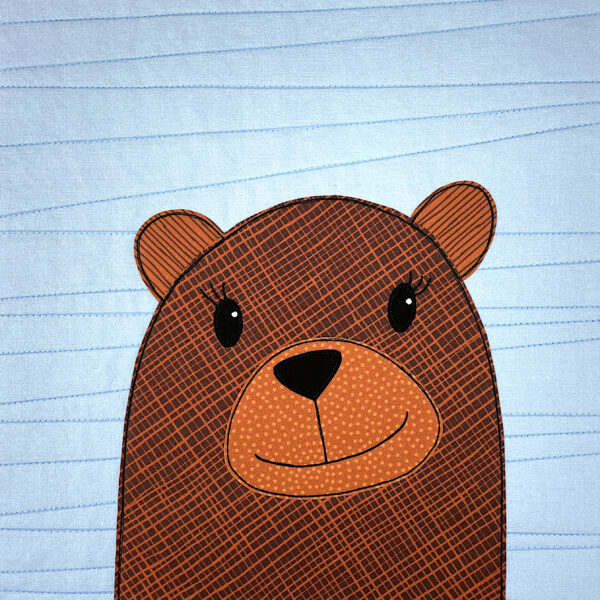
See? No way to separate the head from the body.
That was a little design digression. Now, back to the instructions. 🙂
Center a flannel rectangle on the back of each page rectangle. I cut the flannel smaller than the fabric in order to de-bulk the edges of the pages.
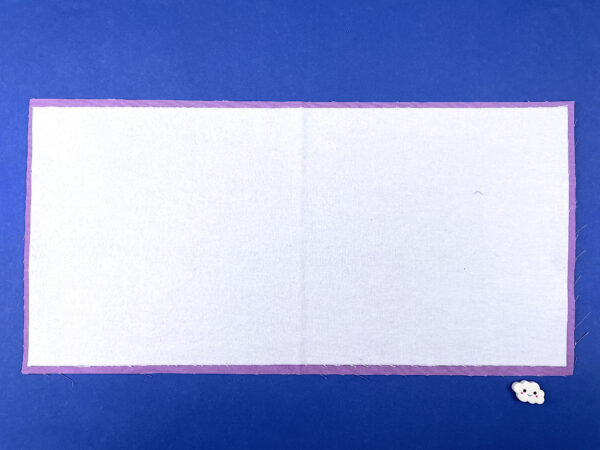
I used spray adhesive because every few years I forget how much I hate it and I give it another try before swearing off it for another few years. It would have been a lot easier (and less messy) to just dab a little fabric glue stick in each corner and a swipe down the center. 😛
Outline the applique. I just use a simple straight stitch with black thread.
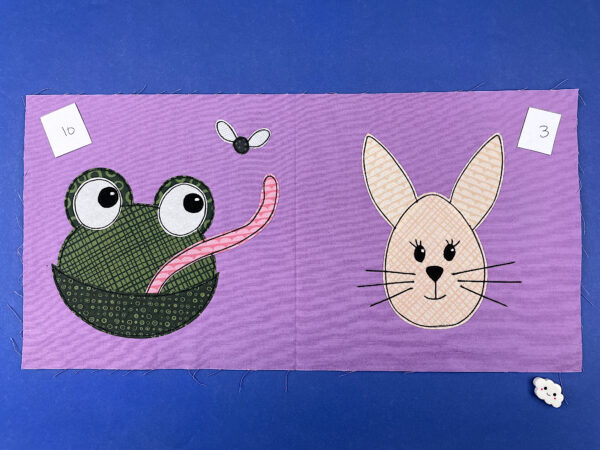
At this point I also used fabric paint to add some catchlights to my eyes.
Don’t do that. 🙂
It all worked out fine, but since I used fabric paint for mine catchlights, it means for the rest of the process I had to be very careful not to iron over the eyes. It would have been easier to add the catchlights at the very end.
Now comes the fun part – finishing the pages.
Sew pages 12/1 to pages 2/11, right sides facing, using 1/4-inch seam allowance all around. Leave a 4-5 inch opening for turning.
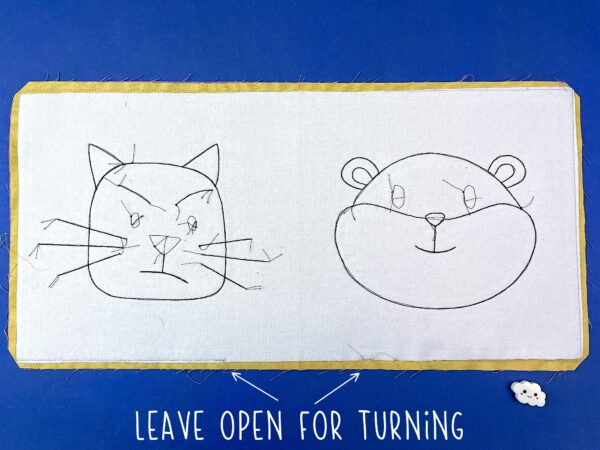
Repeat with pages 6/7 and 8/5.
Repeat with pages 4/9 and 10/3.
Clip the corners of each page and turn them right side out.
Here’s a close-up of the clipping. You want to get right up to the stitching without actually cutting the stitches.
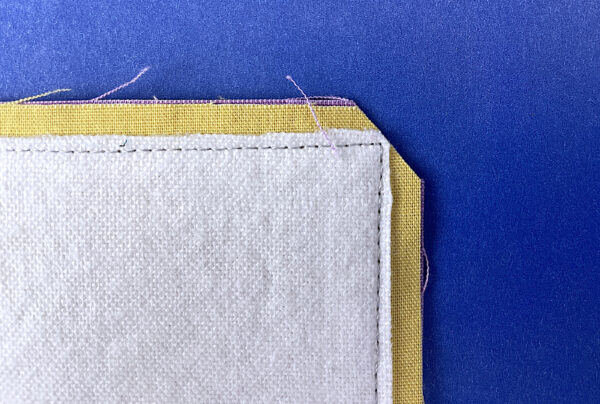
Smooth all the edges, tuck the seam allowance in at the turning opening, and give it a good press.
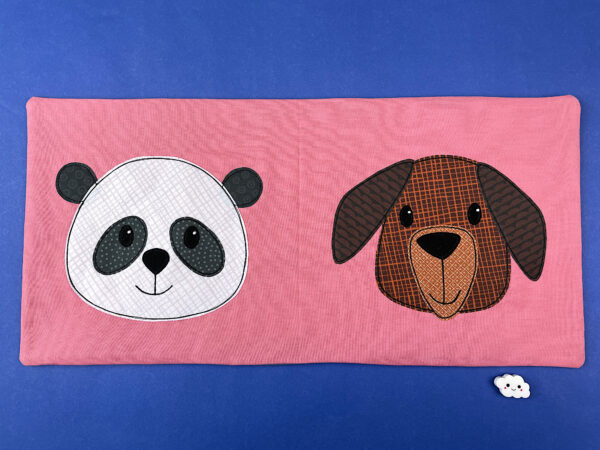
You can close up that opening two ways.
- Hand sew the opening closed using ladder stitch. This is slower, but completely invisible and results in the softest pages.
- Topstitch the edges of the page all the way around, closing up the opening as you topstitch. This is faster, but results in a slightly stiffer page edge.
I chose option 2 – topstitching. I’m pretty sure the page edge will soften up over time, and even if it doesn’t it’s really not unpleasantly stiff. 🙂
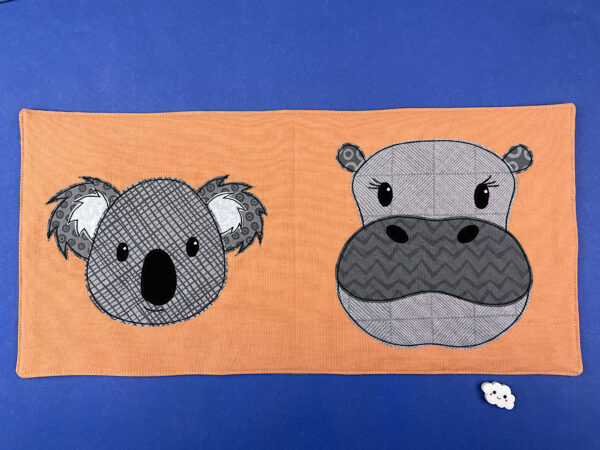
Finally, stack the pages as follows.
- Lay page 12/1 face down so that its back (page 2/11) is face up.
- Over that lay page 10/3 face down so that its back (page 4/9) is facing up.
- Over that lay page 8/5 face down so that its back (page 6/7) is facing up.
Sew the three layers together right down the spine of the book, using that pressed fold line as a guide. I stitched my spine twice for extra durability.
Close your book. You’re finished! Here’s my finished book. . .
Here are a bunch of additional ideas and links to further customize your book.
You can change the size of your book – just be sure to adjust the print size for your templates accordingly. I use 10-inches as the base for all my quilt blocks because it makes the math so dang easy. If you want a 9-inch book, print your templates at 90% size. If you want it to be 7.5 inches, print your templates at 75%. Easy peasy.
If you want to add or subtract pages, that will throw off the entire planning worksheet so you’d need to make your own. It also affects what batting you use in the pages. In my tests, even thin cotton batting was too puffy for a 12-page book, but it would probably work for an 8-page book. If you want to make yours longer than 12 pages, I’d recommend stabilizing the pages with interfacing instead of using the flannel.
Go crazy with fun special effects!
Maybe you want to use smooth shiny satin for your frog! Or fluffy fleece for your puppy. Or a little bit of white fur for the inner ears of the koala! This post will take you to the tutorial showing how to applique with satin, and at the bottom of that post there are links to tutorials for lots of other specialty fabrics.
Want to use an easy faux trapunto technique to give the koala a puffy nose?
Want to make that frog tongue a 3D piece that kids can move around?
Want to give that bunny soft 3D ears?
Want to have a page with a house that has a little door that opens so you can see what’s behind it?
You can find all the Shiny Happy World quilting tutorials here.
Have fun making a cloth book! I can’t wait to see what you make!

Here are several free patterns that work with my basic 10-inch applique squares – no resizing needed!
- Make a Wall Hanging with a Wonky Churn Dash Frame
- Trick or Treat Bag (medium tote bag)
- Quilted Tablet Cover
- How to Turn Any Quilt Block into a Pillow
- Fast and Easy Placemats
- Fancy Felt Frame
- Receiving Blanket
Here are several free patterns that work with just some simple resizing. This post about making coasters has info about resizing an applique pattern that can be applied to any of these projects.





